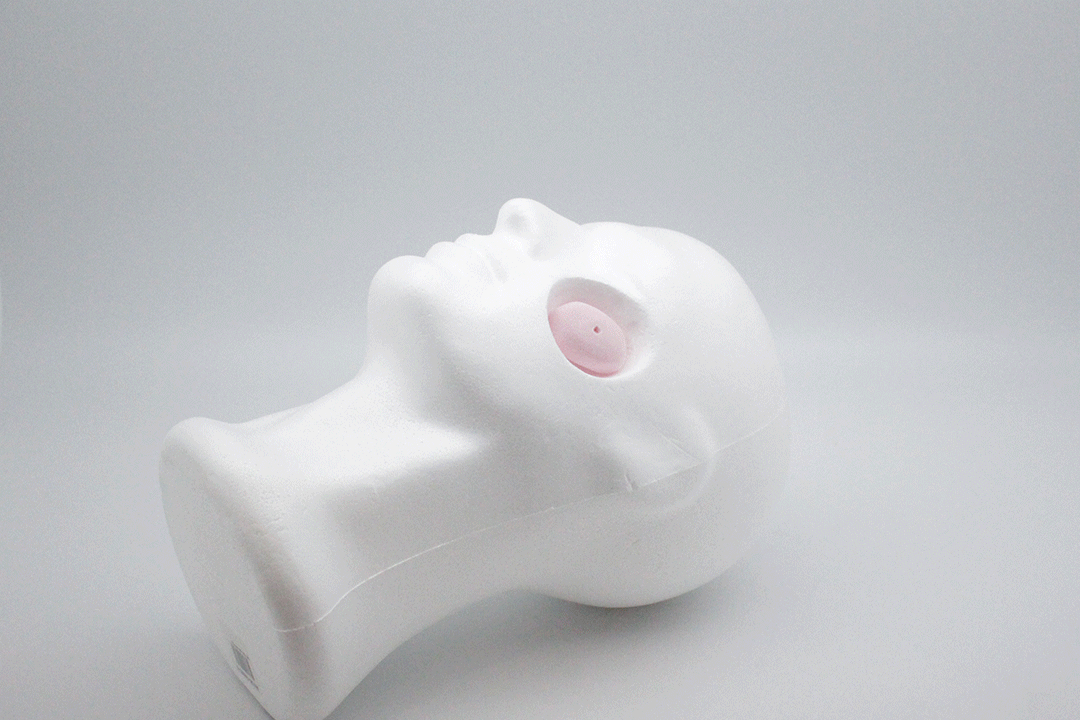

Project title:
Design for Medicine
Project name:
Velos - Reducing Zygomatic Fractures Ergonomically
Project leader:
Dr. Yen Ching Chiuan
Collaborators:
NUH Plastic, Reconstructive
& Aesthetic Surgery
Assoc. Prof. Dr. Lim Thiam Chye
Dr. Elijah Cai Zhengyang
Team members:
Vanessa Ong Hui Xin
Phan Mai
Brief:
Design is often neglected in the medical inventory.
Why would one need aesthetically pleasing instruments when technology is the fundamental key to surgical success? Why would one need a sculptural piece of patient aid when technology restores health?
This studio acts as a platform to discover a multitude of opportunities for innovation in medicine through the process of design, with exposure to Human-Centric Design Approach to harness a good problem scenario and an opportunity for design to intervene. The types of project may range from surgical instruments, physical simulators, rehabilitation tools, smart phone applications and others.
Project descriptions:
Facial injuries from high-impact trauma often result in fractures of the zygomatic complex, which reaches from the cheekbone to the temple. During reconstructive surgery, the doctor often uses the Carroll-Girard T-bar screw, a surgical instrument used specifically to grip and control the broken fragment of the zygoma.
Though the Carroll-Girard screw is functional, its design is not ergonomically sound nor optimised. Through this project, we explored in-depth the issues faced by the surgical team while handling this instrument, and then provided potential solutions to address these issues.
The basics:
This is a zygomatic fracture, the Carroll-Girard T-bar screw, and how it's commonly used (together with some other tools).




The standard procedure:
A small hole is drilled onto the bone fragment. The screw bit is screwed down tightly into the hole. The T-bar handle then catches onto the screw.
The doctor manipulates the fragment into position and fix it with plates and screws.

The actual procedure:
Similar to the standard procedure up until the T-bar handle catching onto the screw.
While manipulating the device, the doctor's wrist get strained easily from awkward angles. Slippage also regularly occurs from forceful maneuvering.
More holes are drilled, more screws used to properly control the bone fragment. As the fragment is held in place, another doctor secures it with plates and screws.

The problems:
The T-bar handle doesn't provide triple-axis control of the screw, so the doctor's wrist is often placed in strenuous awkward position for long periods of time, possibly throughout much of the surgery.
Being a single screw, it slips out easily, forcing doctors to restart the procedure and drill more holes, wasting time and energy.
Sometimes, 2 screws are required for better control and maneuver. This is cumbersome and tiring for the assistant surgeon(s) holding the screw and obstructive to the surgeon's view.


The insights:
There's a need to restrict movements of the screw bit to prevent it from widening the hole and slipping out.
The handle needs to accommodate 3D control and allow for more flexibility in wrist position.

The proposed solution:

The benefits:
3 screw bits provide stabilisation and establish 3D control of the bone fragment,
preventing the screws from moving about, widening the hole and slipping out.
Rotating handle allows for a wider range of angle of wrist position.
The strap provides additional support for the wrist in awkward angles, avoiding unnecessary strain.


Evaluation:
by Dr. Elijah Cai Zhengyang

